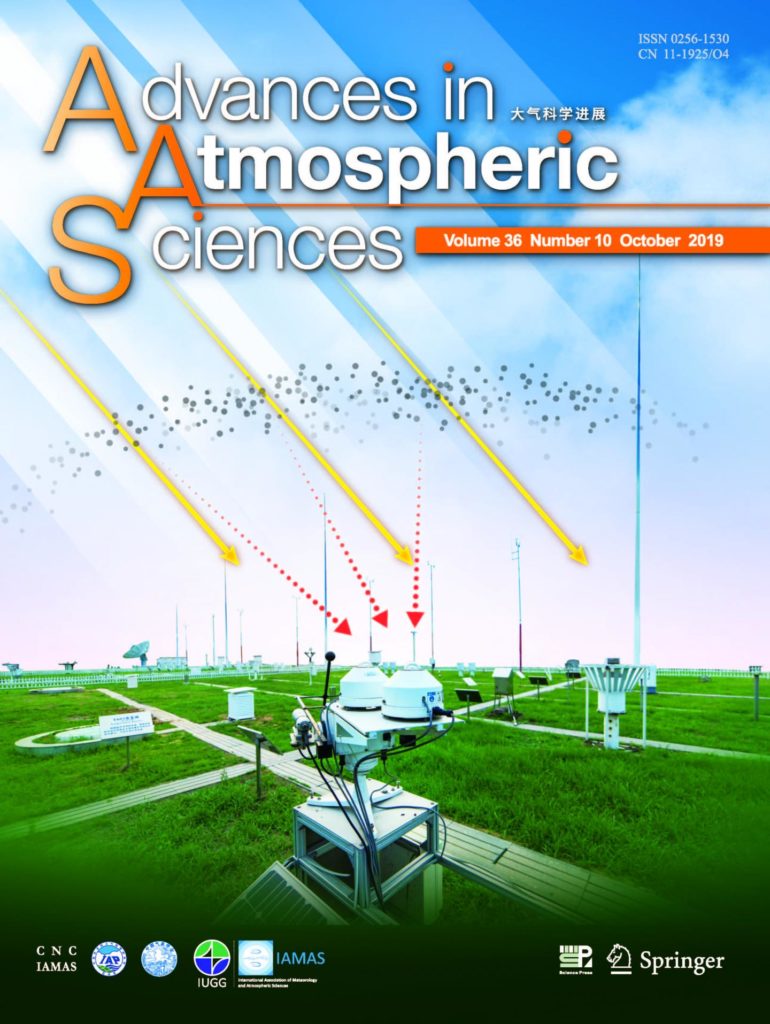Scientists have found that the air pollution absorbs and disperses sunlight and thereby reduces the amount that reaches the Earth’s surface. The latest study, published in
Advances in Atmospheric Sciences
on Aug 20, 2019 also reports that the smaller the particles, the more harmful the impacts are.
The study highlights findings that have several implications, the most consequential of which is the negative effect of air pollution on renewable energy harvest and the associated economic burden. These findings also increase awareness of how pollution affects air purity and can thereby usher in potential methods to enhance it and thereby increase air quality.
The sun delivers energy to Earth’s surface in the form of solar radiation, called surface solar radiation (SSR). The amount of sunlight that reaches Earth’s surface fluctuates over time. Cloud cover and aerosols – particulates like dust or ash, kicked up into the air or coughed out of smokestacks – can disperse or scatter sunlight, resulting in less of it actually arriving on Earth.
China is the world’s largest producer of photovoltaic (PV) power, the power that is generated from solar panels. At the same time, however, East Asia, especially China, has become one of the most populated and rapidly developing regions in the world over the past several decades. This is because the ever-growing population and human activity have led to a rapid and continued increase in the emission of aerosols and their precursors such as condensation gases. A key precursor gas is sulfuric acid that is produced in the atmosphere by degradation of fossil fuel combustion, volcanoes, and other sources. Other precursor gases originate from degradation of byproducts created by living organisms as well as emissions.
Based on observations and numerical simulations, the study aimed to determine how much air pollution affects SSR under cloud-free skies in Nanjing, China. Previous studies have either focused on determining the effects of air pollution on sunlight from different perspectives – either focusing on differences in effect between different years and seasons, this research specifically focused on teasing apart different amounts of pollution without any other possible obstructions, such as clouds or precipitation.
“To the best of our knowledge, few studies have analyzed the effects of different levels of air pollution on SSR under clear skies,” adds Yong Han, Ph D and professor at the school of Atmospheric Sciences, Sun Yat-Sen University, Guangzhou, China. The comprehensive study has gathered information during all four seasons and under different weather and light conditions.
The researchers report that the ratio of scattered radiation to global radiation increases with the increase in air pollution levels, meaning that less sunlight is actually reaching the Earth’s surface. They find that an increased amount in particulate matter prevents the direct incidence of solar radiation to the surface of the Earth and improves the ability of solar radiation in the polluted atmosphere to scatter away. In addition, the variation of scattered radiation is dominated by fine particles, and coarse particles have little effects. When considered in the context of solar power energy, this means that air pollution could potentially reduce the amount of energy that is gained from solar panels as it blocks a considerable amount of sunlight reaching the Earth’s surface. This could have consequential implications for future solar power efforts to obtain renewable energy both in China and worldwide.
The next step is to collect long-term data at different observational sites and analyze the data under both clear and cloudy skies, emphasizing the relations between impurities, clouds and radiation. “Our ultimate goal is to understand processes related to aerosol, cloud and radiation, and develop measurable parameters to improve climate and weather prediction models,” adds corresponding author Chunsong Lu, PhD and professor at the Key Laboratory for Aerosol-Cloud-Precipitation of China Meteorological Administration, School of Atmospheric Physics, Nanjing University of Information Science and Technology, Nanjing, China.
###
This work was jointly supported by the National Science Foundation of China (Grant Nos. 41775026, 41075012, 40805006, 91544230, 41822504, 41575133, and 41675030), the National Science and Technology Major Project (Grant No. 2016YFC0203303), and the Natural Science Foundation of Jiangsu Province (Grant Nos. BE2015151 and BK20160041).
This part of information is sourced from https://www.eurekalert.org/pub_releases/2019-08/ioap-apu083019.php
Zheng Lin
86-108-299-5053
[email protected]
http://english.iap.cas.cn/


